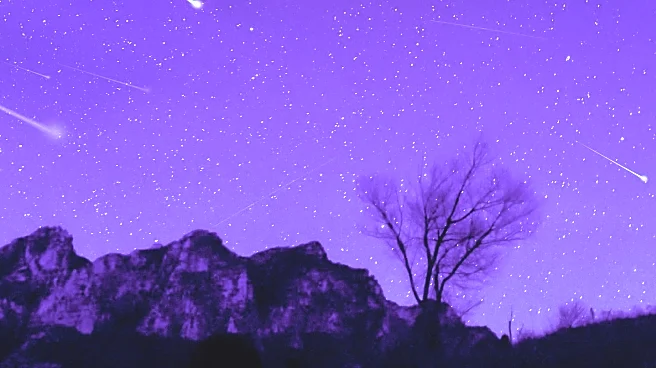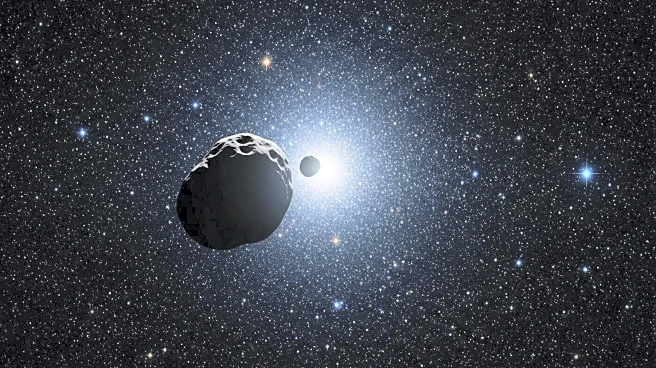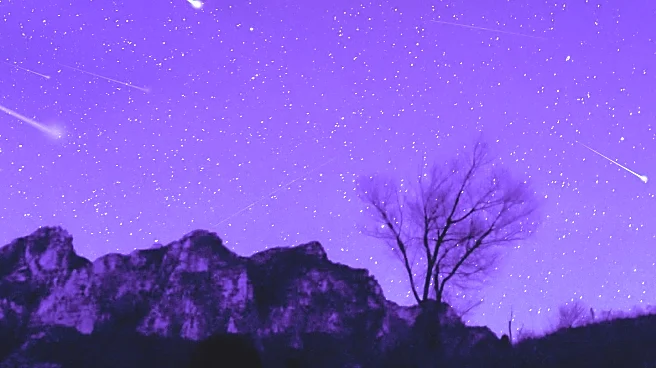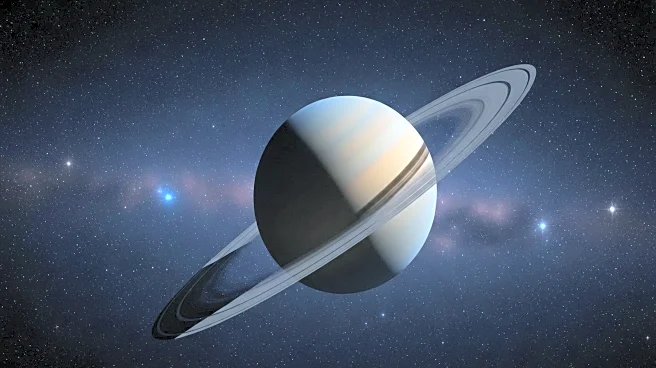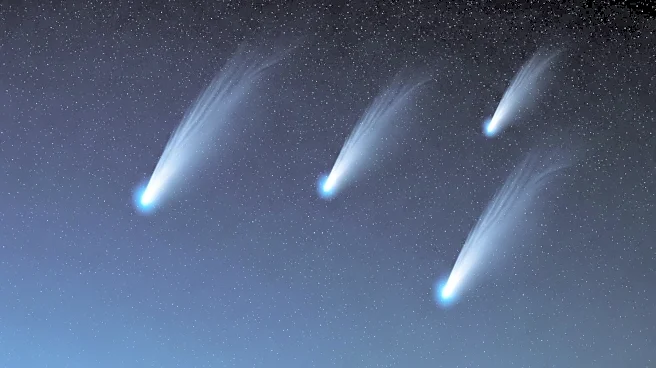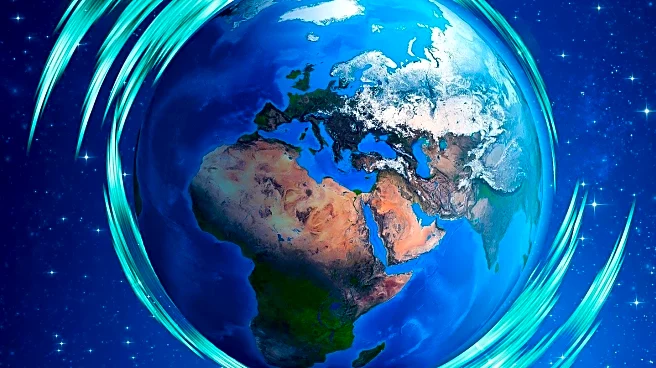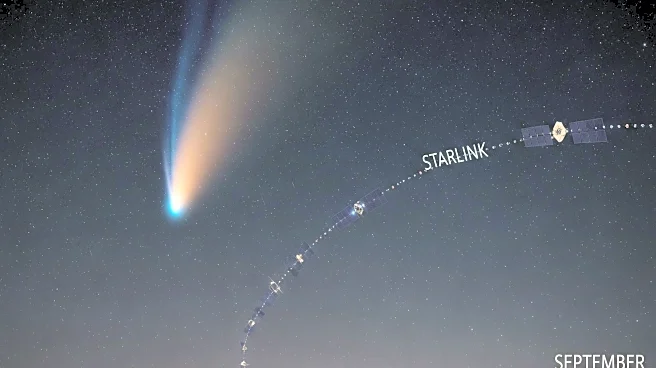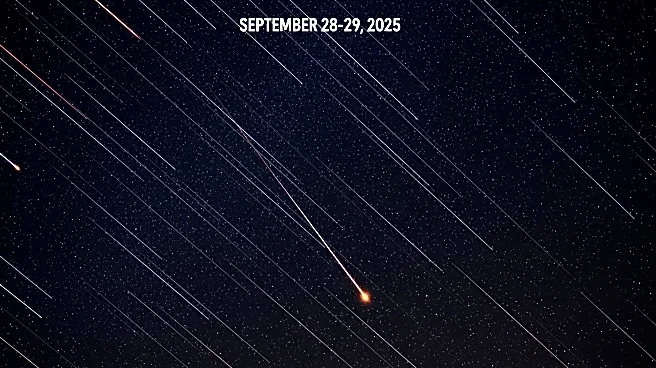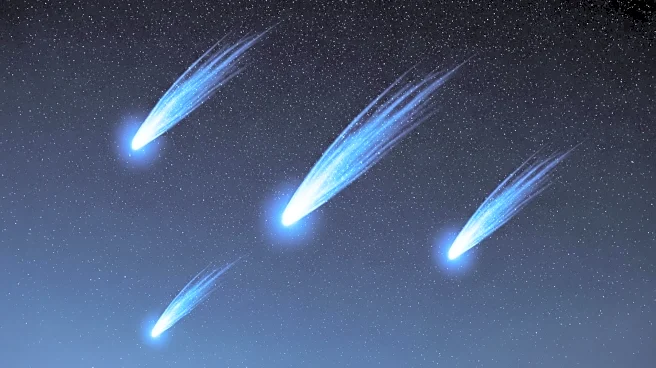What is the story about?
What's Happening?
Four meteor showers, including the Draconids, Orionids, and North and South Taurids, are set to light up the skies over Michigan in October and November. Meteors, originating from fragments of comets and asteroids, burn up in Earth's atmosphere, creating bright streaks and sometimes fireballs. The Draconids will peak around October 8, but viewing may be hindered by a full moon. The Orionids, known for their brightness and speed, will peak on October 21, while the North and South Taurids will peak in early November. The best viewing locations are dark, rural areas away from city lights.
Why It's Important?
Meteor showers offer a unique opportunity for stargazers and astronomy enthusiasts to witness celestial events. These showers can enhance public interest in astronomy and science, potentially inspiring educational activities and community events. The visibility of these showers in Michigan highlights the state's potential as a stargazing destination, which could boost local tourism and promote conservation efforts for dark sky preserves.
What's Next?
As the meteor showers progress, enthusiasts and local communities may organize viewing events, especially in areas with minimal light pollution. The peak of the Orionids on October 21 is expected to draw significant attention, and the overlapping Taurids may offer a chance to witness fireballs. Continued interest in these events could lead to increased advocacy for dark sky preservation and educational outreach.
Beyond the Headlines
Meteor showers like the Orionids and Taurids not only provide visual spectacle but also contribute to scientific understanding of cometary debris and atmospheric interactions. Observations can aid researchers in studying the composition and behavior of meteors, offering insights into the solar system's history and dynamics.
AI Generated Content
Do you find this article useful?
